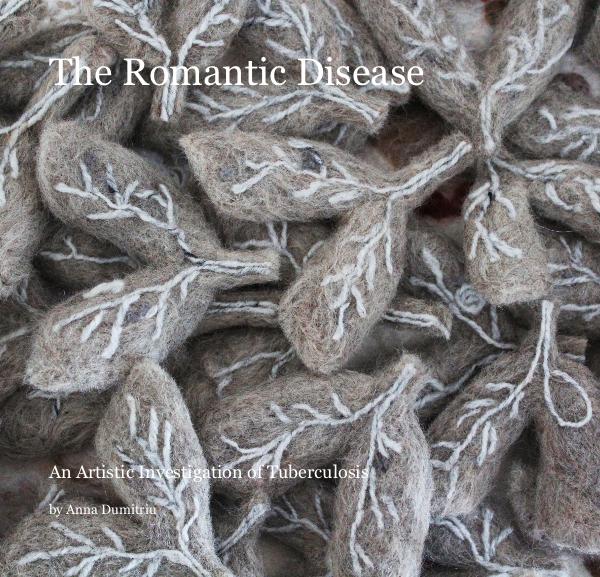In Annie Dillard‘s non-ficition „For the Time Being“, she writes these poetic lines about living being in time and space; the time it takes to be in space and the space it takes to be in time, modulated by our breath.
„Ours is a planet sown in beings. Our generations overlap like shingles. We don’t fall in rows like hay, but we fall. Once we get here, we spend forever on the globe, most of it tucked under. While we breathe, we open time like a path in the grass. We open time as a boat’s stem slits the crest of the present.”
Source: Annie Dillard, For the Time Being, Vintage, 2010







